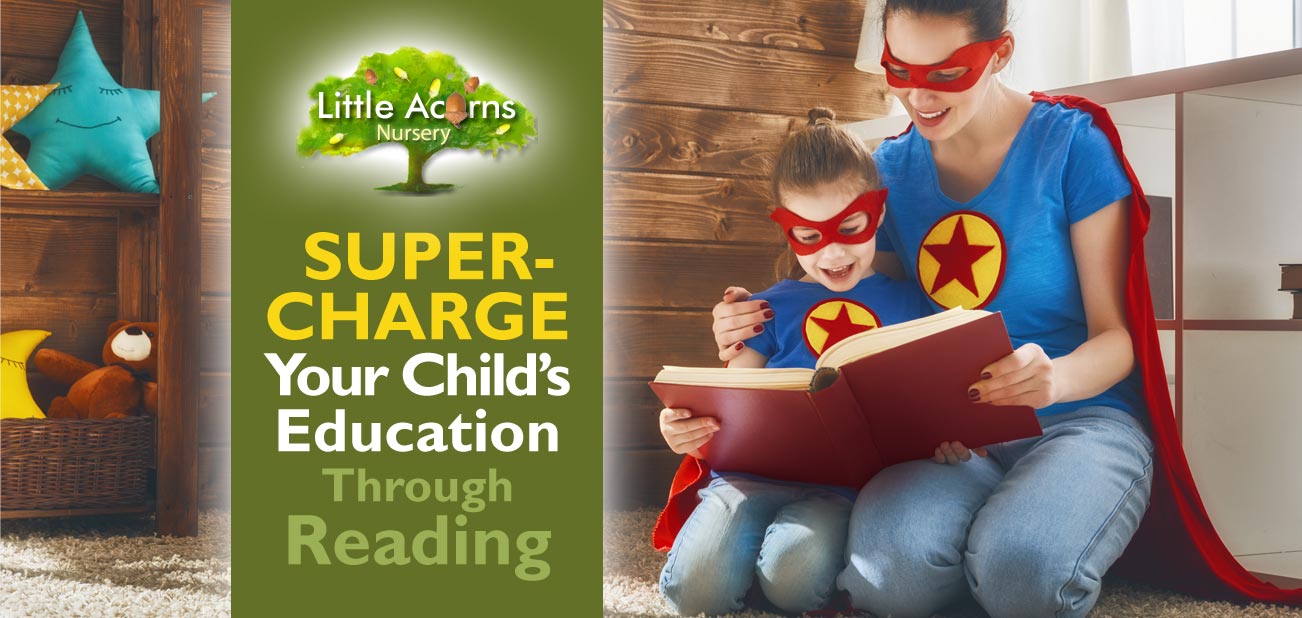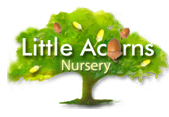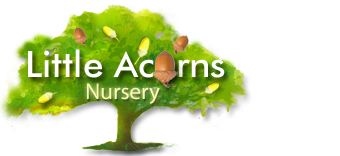
 Last year, we wrote a detailed post outlining why every parent should be involved in their child’s education. There’s one particular area, though, that merits its own stand-alone article and that’s reading with your child. Reading with children is incredibly important — and a powerful way to absolutely super-charge their education. Let’s take a look.
Last year, we wrote a detailed post outlining why every parent should be involved in their child’s education. There’s one particular area, though, that merits its own stand-alone article and that’s reading with your child. Reading with children is incredibly important — and a powerful way to absolutely super-charge their education. Let’s take a look.
Studies show that reading with your under-five can boost their language skills by a staggering 20%.
A 40 year study∞ of pre-school children found enormous positive benefits when children regularly read with a parent or carer. Preschoolers were seen to gain a boost, incredibly, of the equivalent of 8 months. That’s remarkable given that the average age in the study was just 3¼. Particular benefits were clear to see in several areas, including:
- Understanding (‘receptive language’);
- Use of vocal grammar and vocabulary (‘expressive language’);
- In the understanding of word structure and ‘pre-reading’ skills.
Receptive language skills were seen to benefit the most and that’s important — after all, understanding and comprehension of words and meanings are keys to potentially huge growth in many other areas a child’s early years education. Indeed, lacking such abilities has also been shown to really hold children back in terms of later social and educational ability, with poorer outcomes when they’re older.
A Special Boost for Children from Lower Socio-Economic Backgrounds
 Interestingly, under-five children who came from disadvantaged backgrounds were shown to benefit even more than those who didn’t. For this reason, reading with parents/carers has been proposed as a possible way to close the performance deficit often seen with children from such backgrounds. It may well represent a perfect solution to even up the playing field.
Interestingly, under-five children who came from disadvantaged backgrounds were shown to benefit even more than those who didn’t. For this reason, reading with parents/carers has been proposed as a possible way to close the performance deficit often seen with children from such backgrounds. It may well represent a perfect solution to even up the playing field.
“Receptive language skills – the ability to understand information – are positively affected when pre-school youngsters read with someone who cares for them.”
Read With Children, Not Just To Them
That’s an important factor. Reading to children is all very well and will have benefits, for sure. However, reading with children takes the potential benefits to a whole new level and that’s why it’s the kind of approach we use at Little Acorns Nursery. Parents and carers should also involve their children in the reading. Getting them to interact with what’s being read will also make the reading process fun and interesting for them. For example, explaining what things mean, asking them questions about the story or topic and commenting on their answers. Sometimes get them to repeat words correctly and show them how those words and sounds are made up on the written page. Getting them really involved interactively will make reading both fun and educational. By doing so, you will show them how reading works and you will also be more likely to instil in them a love of reading as they grow older. That is like educational gold dust.
Instilling a love of reading in children is like educational gold dust.
More Benefits of Reading with Children
By getting children to interact with shared reading sessions, they are learning all the time and often in profound ways. That’s true not only in respect of the topics written in the reading material but also in relation to language, grammar, phonics, sentence structure, phrasing, letters, syllables, reading itself and basically the English language as a whole. All these skills are crucial to their current and future success. With good reading and comprehension skills, they’ll learn and excel in all other educational areas and also as individuals going forwards. The importance of all of that cannot be overstated.
Other benefits of regular shared reading sessions with adults include:
 Deeper bonds with parents/carers (after all, this is quality time spent together, one-to-one);
Deeper bonds with parents/carers (after all, this is quality time spent together, one-to-one);- Greater imaginations and thereby enhanced creativity skills;
- Improved social skills due to their improved language skills and knowledge;
- A better understanding of the world;
- Improvements to their self-expression skills, including around expression of their emotions;
- Often even improved empathy skills because they’ll learn, through reading, how to look at things from multiple perspectives, including from those of others;
- Overall, a deeper, more profound understanding of a much wider range of topics and facts.
Children, particularly in their early years, often take in and comprehend far more than we realise and far more than they can articulate at such a young age. Indeed, millions of new pathways are developed in their young brains with every activity that they undertake. Reading, in particular, teaches children so much, in deep, profound ways. All its benefits can only help children to thrive and optimise their potential to learn, become as well-educated as possible and be successful individuals as they grow older.
Reading is powerful.
Little Acorns Nursery — Outstanding Early Years Education for Under-Fives
 At Little Acorns, we know the value of reading with children under our care and take every opportunity to do so. We make it fun and interactive in the knowledge that it will help give them a huge boost in their early years education. In so doing, they’ll become more school-ready by the time they leave us at the age of 5 and join reception year at school.
At Little Acorns, we know the value of reading with children under our care and take every opportunity to do so. We make it fun and interactive in the knowledge that it will help give them a huge boost in their early years education. In so doing, they’ll become more school-ready by the time they leave us at the age of 5 and join reception year at school.  It’ll also give them the tools to absolutely thrive and enjoy better outcomes in their school lives and beyond.
It’ll also give them the tools to absolutely thrive and enjoy better outcomes in their school lives and beyond.
Little Acorns is an award-winning childcare provider with an outstanding Ofsted rating. As such, it represents the best nursery and pre-school in Clayton-le-Woods, Chorley and the Central Lancashire area. If you’d like your baby or child to go to the very best childcare setting available, please get in touch:


